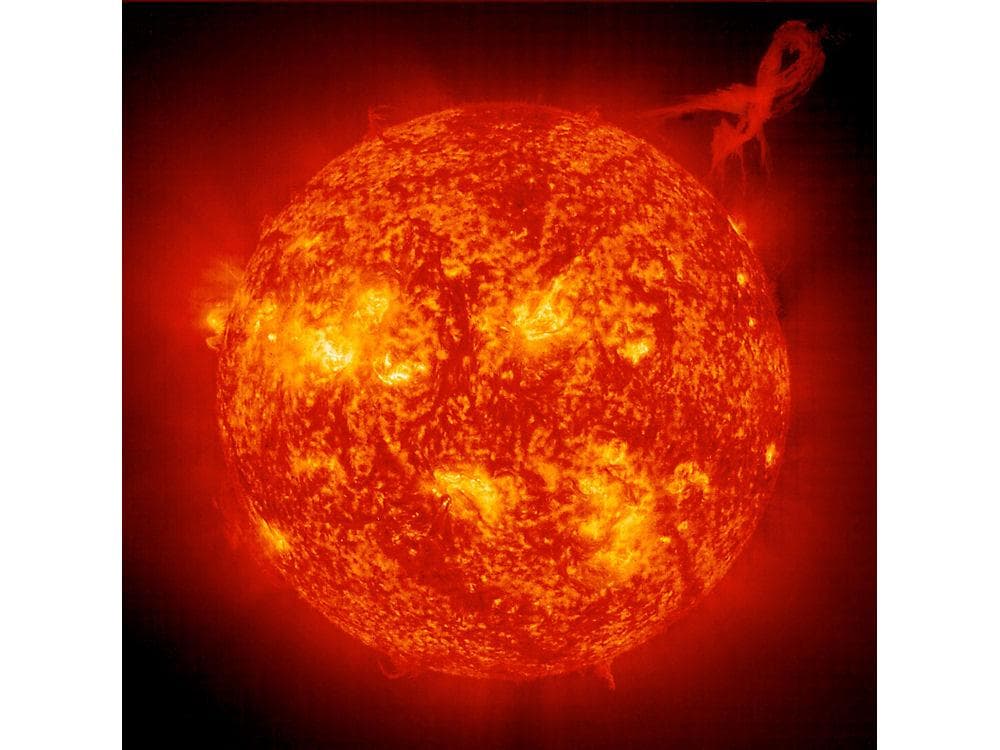The United Nations Framework Convention on Climate Change (UNFCCC) and the Intergovernmental Panel on Climate Change (IPCC) are focused on anthropogenic CO2 and other “GHG” (greenhouse gas) emissions as the cause of recent global warming and climate change, to the virtual exclusion of other potential causes such as natural variation. Numerous climate researchers continue to conduct research on other potential influences on climate, including changes in the output of the sun, changes in cosmic radiation and the operation of multiple ocean phenomena. However, the IPCC has chosen to largely exclude the work of these researchers from their assessment reports. This focus on “GHGs” to the exclusion of other influences is selective analysis.
This tendency to selective analysis regarding climate change has also appeared in a different way in the analysis of extreme weather events, such as hurricanes, tornadoes, flooding and droughts. The focus of the consensed climate science community has been on the concept that the recent increases in global temperature have somehow made these events more likely, or more devastating. Interestingly, this is the case in the face of data showing that the frequency and intensity of these events has not increased, or has decreased, during the period when anthropogenic emissions have increased. There has been no apparent attempt to understand how these anthropogenic emissions might have contributed to these reductions in frequency and intensity, such as the recent 12-year reduction in Atlantic hurricane intensity.
The consensed climate science community uses model-driven attribution studies to analyze the purported contribution of climate change on extreme weather. However, there is no observational evidence of such contributions. These attribution studies have not yet been used to analyze any potential contribution of climate change to reduced frequency and intensity of hurricanes and tornadoes. Similarly, attribution studies have not been used to analyze any potential contribution of climate change on the recent climate change hiatus.
A recent example of selective analysis is a study of the decreasing bird populations in the Mojave Desert, purportedly as the result of climate change, despite efforts to reduce climate change by installing wind turbines and solar power towers. The study largely ignores the impacts of these “Rapid Raptor Choppers” and “Rapid Raptor Roasters” on bird populations. There is no evidence of causation regarding climate change and the decline of bird populations, though there is obvious coincidence. However, there is clear and compelling evidence of causation regarding both wind turbines and solar power towers, from both personal observation of incidence and carcass counts.
Perhaps the most enduring example of selective analysis is the cavalier attitude of the consensed climate science community toward the issue of the Urban Heat Island (UHI) effect. A recent analysis of the official temperature measurement stations in Japan visually documents the urbanization of the areas surrounding the stations in Google Earth aerial views. These sites are perhaps an extreme example of urbanization, but they certainly are not the only global temperature measuring sites significantly impacted by urban sprawl, or by the selection of airport sites which are already effectively urbanized.
